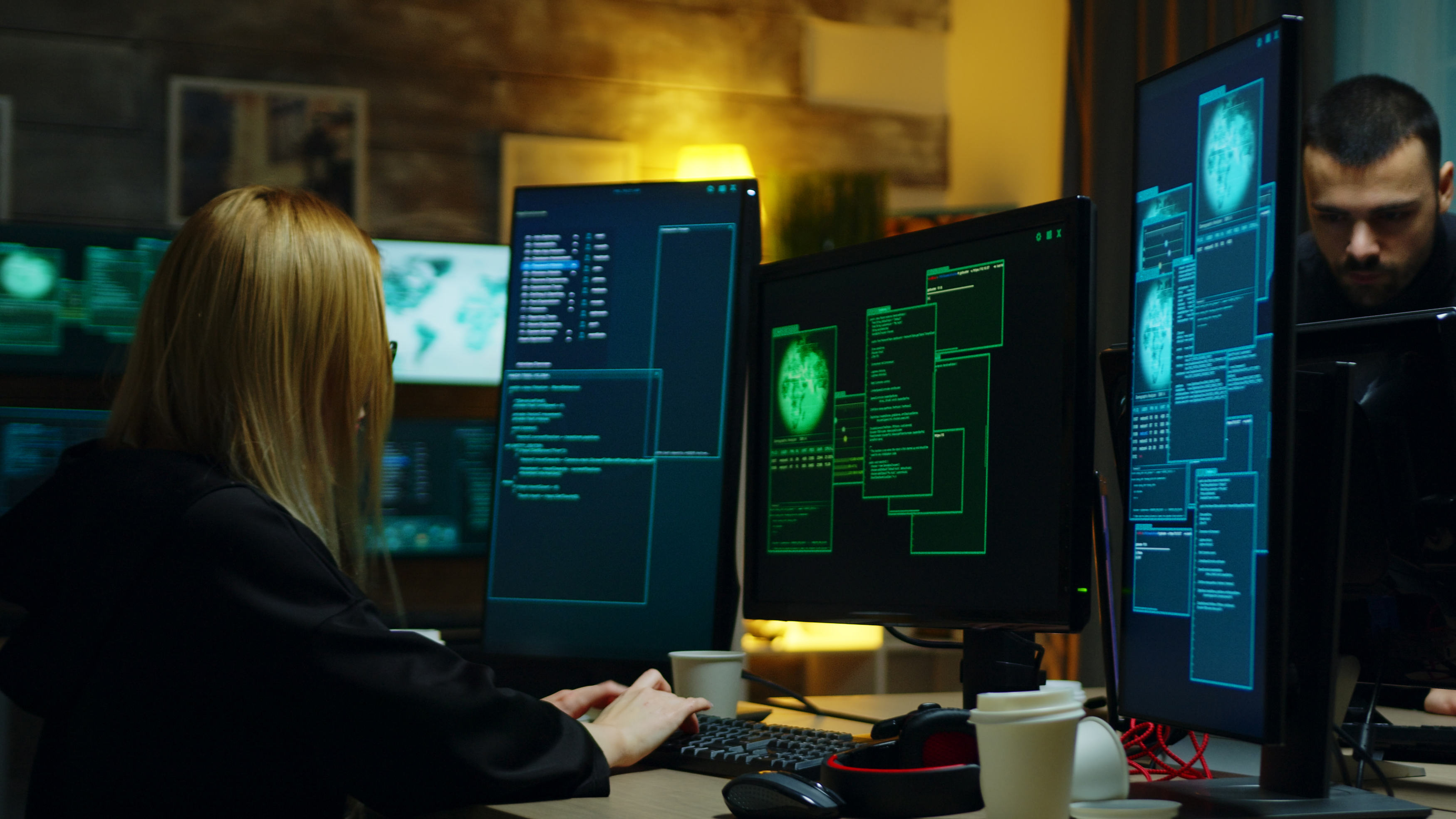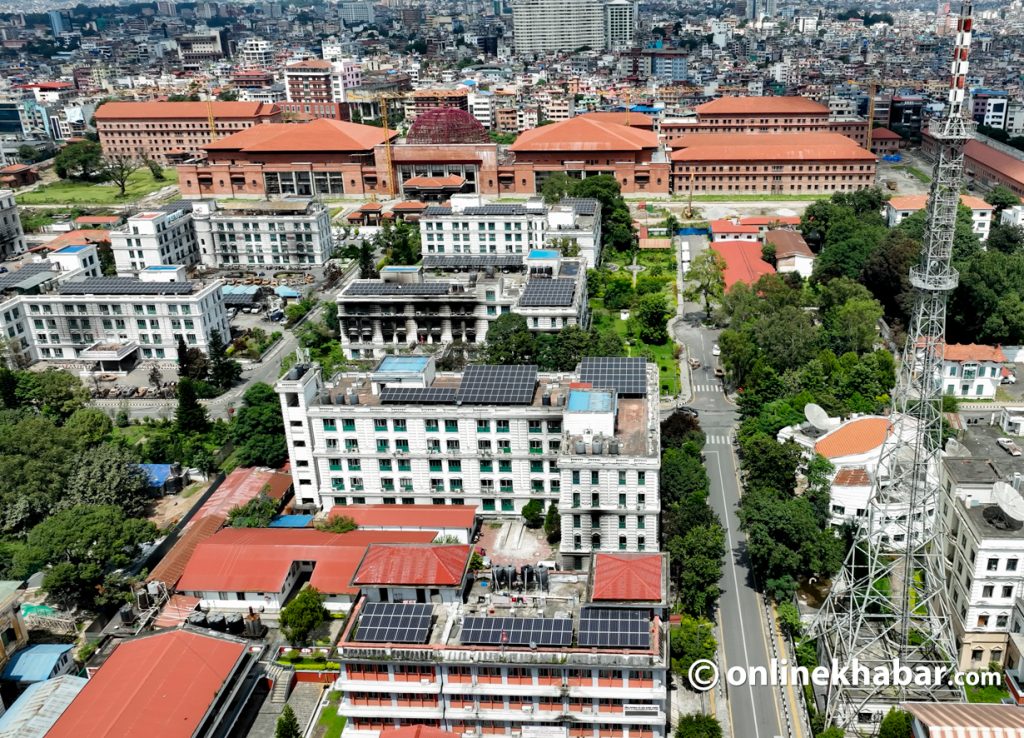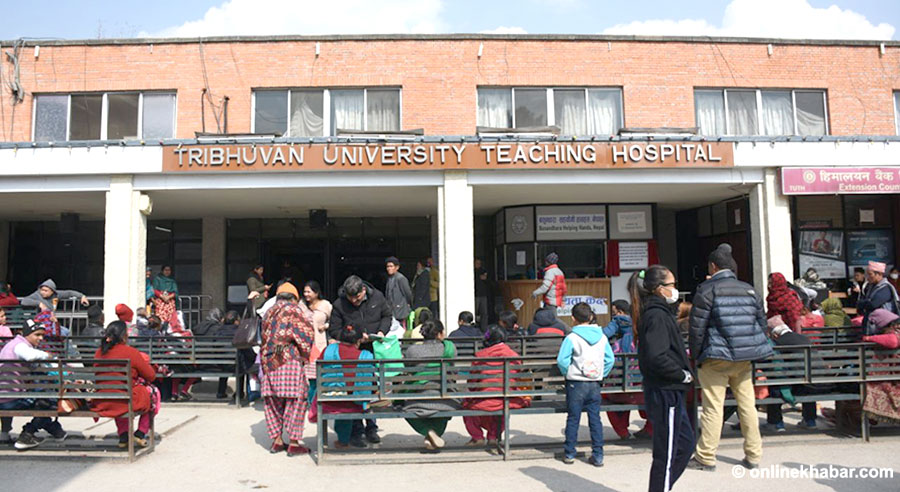
Cyberattacks have significantly advanced beyond traditional malware and phishing schemes, giving rise to a new class of sophisticated threats such as Advanced Persistent Threats (APTs), ransomware-as-a-service (RaaS), information-stealing malware, and AI-driven attacks that adapt and evolve at a pace that outstrips human response capabilities. These multifaceted threats employ a range of tactics, including social engineering, zero-day exploits, and covert lateral movement within networks to accomplish their goals. The proliferation of remote work, IoT devices, and cloud computing has expanded the attack surface, introducing new vulnerabilities that cyber adversaries are quick to exploit.
In a world where cyberattacks are no longer just about stealing data but disrupting entire systems and nations, traditional security measures are proving insufficient. To combat this evolving threat landscape, cybersecurity professionals must look toward the future, embracing AI, Zero Trust, and quantum-safe strategies to build resilient defences. It is now time to explore the critical components of next-generation cyber defence, from AI-driven security to human-centric approaches, and why they are essential for safeguarding our digital future.
AI and machine learning: Revolutionising cyber defence
Artificial Intelligence (AI) and Machine Learning (ML) are transforming the landscape of cybersecurity, revolutionising how organisations detect, respond to, and mitigate threats. These technologies enable the processing of vast volumes of data in real time, uncovering patterns and anomalies that are beyond the capacity of human analysts to detect. By harnessing AI, security systems can predict potential attacks, automate defensive responses, and adapt to emerging threats autonomously.
One of the most impactful applications of AI lies in threat detection and response automation. AI-driven solutions can rapidly analyse incoming threats, correlate them with historical incidents, and initiate defensive actions within milliseconds, thereby minimising the impact of cyberattacks. Furthermore, AI-powered threat hunting enables security teams to proactively identify and neutralise previously unknown threats within their networks, reducing adversary dwell time and enhancing overall security posture.
The true strength of AI, however, is in its capacity for learning and adaptation. Unlike traditional security tools that rely on static, rule-based approaches, AI evolves continuously with new data, making it exceptionally effective against complex threats such as ransomware, advanced persistent threats (APTs), and zero-day vulnerabilities.
Autonomous security operations centre
The Security Operations Center (SOC) has traditionally served as the cornerstone of an organisation’s cyber defence strategy. However, the surge in the volume and complexity of cyber threats is overwhelming conventional SOCs, resulting in alert fatigue and missed incidents. This has paved the way for the Autonomous SOC—a forward-thinking concept where AI and automation revolutionise security operations.
An Autonomous SOC leverages AI, Machine Learning (ML), and Robotic Process Automation (RPA) to minimise human involvement in routine tasks, enabling security analysts to concentrate on higher-value strategic activities. By incorporating AI-driven threat intelligence, behavioural analytics, and automated incident response, the Autonomous SOC can detect, analyse, and neutralise threats with greater speed and precision. This transformation not only enhances operational efficiency but also reduces the workload on human operators, ultimately fostering a more robust and resilient security posture.
Quantum-safe cryptography: Preparing for the quantum threat
While AI and automation are transforming today’s cyber defences, the advent of quantum computing introduces a new and unprecedented challenge. Quantum computers can break widely used encryption algorithms, potentially rendering current cryptographic methods ineffective. To mitigate this looming threat, organisations must embrace quantum-safe cryptography—innovative cryptographic techniques specifically designed to resist attacks from quantum computers.
Quantum-safe algorithms, such as lattice-based cryptography and hash-based signatures, are being developed to secure data and communications in a post-quantum era. As quantum computing becomes increasingly viable, it is critical for organisations to proactively transition to these advanced encryption standards to safeguard their cybersecurity infrastructure. Early adoption of quantum-safe strategies will be essential in ensuring that sensitive data remains protected against the growing computational power of quantum technology.
Zero trust architecture: Trust no one, verify everything
The traditional perimeter-based security model is no longer effective in today’s hyper-connected world. With the increasing prevalence of remote work, cloud computing, and IoT devices, the attack surface has expanded beyond the control of conventional security measures. This is where Zero Trust Architecture (ZTA) comes into play.
Zero Trust is a security framework that operates on the principle of “never trust, always verify.” It assumes that threats could be present both inside and outside the network, enforcing strict access controls and continuously verifying user identities and device health. By implementing Zero Trust, organisations can minimise the risk of lateral movement within their networks, ensuring that only authorised users and devices can access critical resources.
The shift to a zero-trust model requires a comprehensive approach, including multi-factor authentication (MFA), identity and access management (IAM), and network segmentation. Organisations that adopt Zero Trust can significantly reduce their attack surface, making it exponentially harder for adversaries to gain a foothold.
Threat intelligence operations centre: Advanced fusion centre
Actionable threat intelligence is a critical advantage in the fight against cyber adversaries. The next phase of threat intelligence operations centres on the development of Advanced Fusion Centers—integrated hubs where data from diverse sources, including internal logs, external threat feeds, and global intelligence networks, is analysed and synthesised to provide a comprehensive view of the threat landscape.
Advanced Fusion Centers leverage cutting-edge analytics, AI, and expert human judgment to deliver real-time insights into emerging threats, empowering organisations to respond quickly and effectively. By integrating intelligence across multiple domains—cyber, physical, and geopolitical—these centres can anticipate potential threats and inform strategic decisions, significantly strengthening an organisation’s defence against complex and sophisticated attacks.
Human-centric cyber defence: Empowering the security workforce
While technological advancements continue to transform cybersecurity, the human element remains indispensable. A human-centric cyber defence strategy emphasises the empowerment and continuous development of security professionals, providing them with the necessary tools, training, and resources to stay ahead of ever-evolving threats.
Investing in the upskilling of the cybersecurity workforce through hands-on training, industry certifications, and realistic attack simulations enhances their incident response capabilities. Furthermore, cultivating a collaborative and communicative culture within security teams ensures that human expertise effectively complements AI and automation, resulting in a balanced, adaptive, and robust defence strategy.
Conclusion: Building a resilient and adaptive cyber defence strategy
The future of cybersecurity hinges on the seamless integration of AI, zero-trust principles, quantum-safe cryptography, and human expertise. As cyber threats grow increasingly sophisticated and widespread, organisations must adopt a proactive, forward-looking approach that embraces cutting-edge technologies and innovative methodologies to outpace adversaries.
By incorporating these next-generation strategies, businesses can develop a resilient and adaptive cyber defence capable of safeguarding critical assets in a constantly evolving digital environment. Now is the time to act—invest in the cybersecurity solutions of tomorrow, today.




















